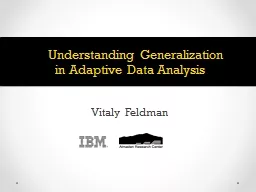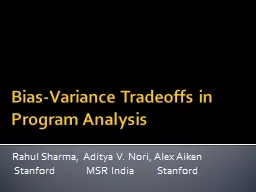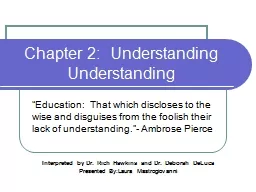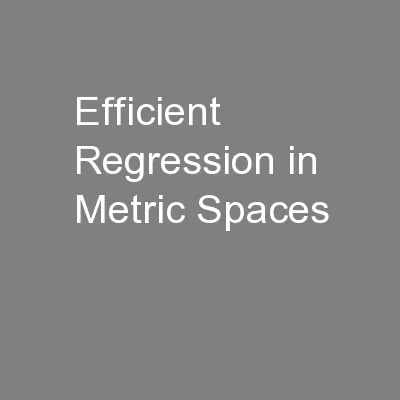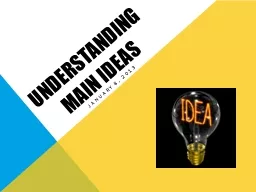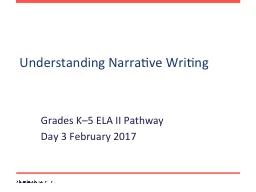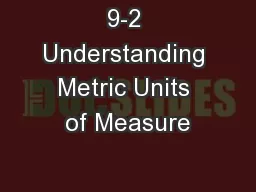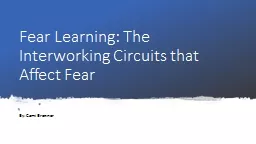PPT-Understanding Generalization
Author : calandra-battersby | Published Date : 2017-09-22
in Adaptive Data Analysis Vitaly Feldman Overview Adaptive data analysis Motivation Definitions Basic techniques With Dwork Hardt Pitassi Reingold Roth
Presentation Embed Code
Download Presentation
Download Presentation The PPT/PDF document "Understanding Generalization" is the property of its rightful owner. Permission is granted to download and print the materials on this website for personal, non-commercial use only, and to display it on your personal computer provided you do not modify the materials and that you retain all copyright notices contained in the materials. By downloading content from our website, you accept the terms of this agreement.
Understanding Generalization: Transcript
Download Rules Of Document
"Understanding Generalization"The content belongs to its owner. You may download and print it for personal use, without modification, and keep all copyright notices. By downloading, you agree to these terms.
Related Documents

